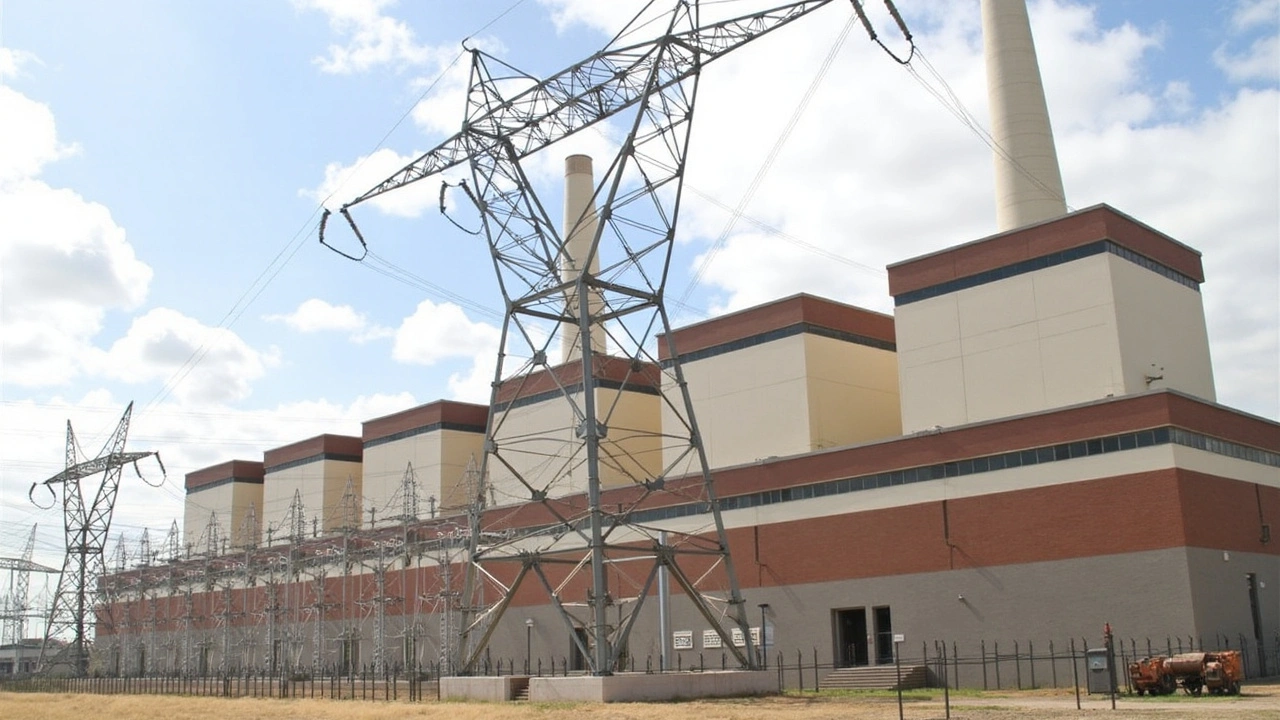- Man United beat Sunderland 2-0, Mount & Sesko goals ease Amorim pressure Oct 5, 2025
- Tragic Road Accident Claims the Life of Tijani Babangida's Brother While Wife Receives Medical Care May 10, 2024
- US and UK Urge Peace as Tensions Escalate Between Israel and Iran Oct 26, 2024
- Arsenal's Martin Ødegaard Suffers Injury During Norway's Victory Over Austria Sep 10, 2024
- Copa America 2024: How to Watch Uruguay vs. Panama Live Stream for Free Jun 24, 2024
Power supply: pick the right UPS, inverter or solar backup
Power cuts are common across many parts of Africa. They disrupt classes, work and remote learning. So how do you choose the right power supply without wasting money? This short guide gives clear, practical steps you can use today — from small UPSs for a laptop to solar setups for a classroom.
Know what you need first
Start by listing the devices you must keep running during an outage: lights, router, laptop, fridge, or a projector. Write down each device’s power use in watts (often on the label). If only amps and volts are shown, use Watts = Volts × Amps. Add the watts to get total continuous load. Do you need backup for 1 hour, 4 hours or overnight? That decides battery size.
Types of power supply and when to use them:
- Small UPS: Best for desktops, routers and a single monitor. Provides clean power for short outages and safe shutdowns.
- Inverter + battery: Good for homes and small offices. It converts battery DC to AC and can run multiple loads for hours depending on battery capacity.
- Generator: Useful for long outages and heavy loads like big fridges or AC, but needs fuel and maintenance.
- Solar + battery: Ideal where outages are frequent and fuel is costly. Solar charges the battery and cuts running costs over time.
How to size batteries and inverters
Use this simple formula to estimate battery amp-hours (Ah):
Ah = (Watts × Hours) / (Battery Voltage × Inverter Efficiency)
Example: A 65W laptop for 3 hours = 195 Wh. With a 12V battery and 85% inverter efficiency: Ah = 195 / (12 × 0.85) ≈ 19 Ah. Pick a larger battery (for example 40–60 Ah) to avoid draining it fully and to allow losses.
For devices with motors (fridge, pump), expect a 3–4× startup surge. Choose an inverter with enough surge capacity and add 20–30% margin to your continuous load to avoid overload.
Quick safety and maintenance tips
- Always install fuses or breakers between battery and inverter.
- Ventilate battery enclosures and avoid storing batteries in hot places.
- Use deep-cycle batteries for regular discharges — not car starter batteries.
- Test UPS and inverter monthly; replace batteries every 3–5 years depending on use.
- Buy from a reputable dealer; check warranty and local service options.
Want a simple plan? Pick the essential loads, calculate their total watts, decide desired hours, then size the battery and inverter using the formula above. If you’re unsure, ask a local electrician to check your numbers and confirm wiring and earthing. A good setup saves time, protects equipment and keeps learning or work flowing when the lights go out.
Eskom Warns of Potential Load-Shedding Amidst Recent Power Struggles
- Katlego Sean Mahaye
- Feb 1, 2025
Eskom has alerted the public to a likely increase in load-shedding over the forthcoming weekend, ending a ten-month streak of continuous power supply. This comes after multiple power plant malfunctions necessitated prolonged repairs. Use of all emergency reserves has been necessitated, which now require replenishment. Eskom warns of potential load-shedding reaching Stage 4.
